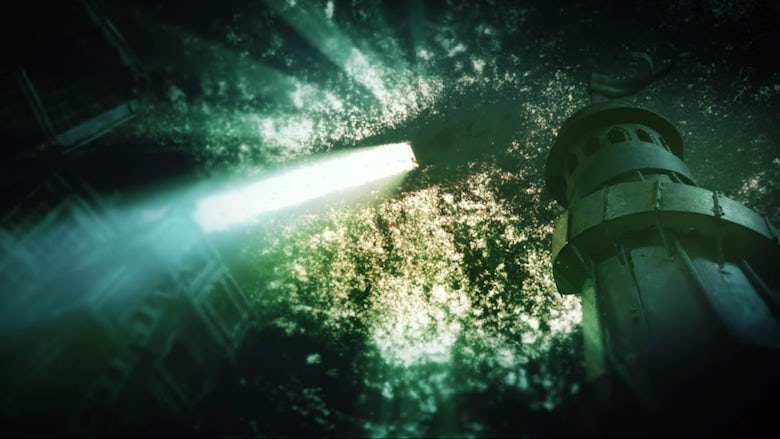This year marks the 50th anniversary of the release of Cat Stevens’ classic album, Tea for the Tillerman. Released following a decade defined by war, protest and environmental disasters, the album – which includes the tracks Father & Son and Wild World – had a profound impact on popular culture. Its release saw Cat Stevens become one of the 1970s’ most successful and influential singer-songwriters and the record has since earned a place on numerous ‘best albums of all time’ lists.
To mark the occasion, the artist – who is now known as Yusuf – is releasing a new version of Tea for the Tillerman, which sees its 11 tracks reimagined for 2020. Created with the original album’s producer Paul Samwell-Smith and guitarist Alun Davies, Tea for the Tillerman 2 was recorded in the south of France and will be released on September 18.

This month, Yusuf shared a first glimpse of the record with a new version of the track, Where Do The Children Play? – a poignant song that reflects on the state of the planet and the need to protect it for future generations. With references to oil pollution and urbanisation, the song feels eerily timely in the midst of an environmental crisis and a growing awareness of the need to limit our impact on the natural world.
The track was released on June 12 along with a new video created by Black Dog Films and director Chris Hopewell, who has created music videos for Radiohead, The Killers, Franz Ferdinand and Run the Jewels. Inspired by the song’s message and the characters featured on the album’s cover art, Hopewell and Black Dog worked with Yusuf to create a stunning stop-motion tale set in a desolate wasteland.
The video was created using recycled and upcycled materials along with plastic waste recovered from the Welsh coast. “The song has a strong environmental message, so we wanted to make a video that mirrored that,” said Hopewell in a statement announcing the video’s launch. “We decided to make the props and scenery from recycled materials wherever possible to minimise the production impact on the environment.”
Speaking to CR about the making of the film, Hopewell says: “The narrative of the video was a collaboration between me and Yusuf [who created the album’s cover art]. We talked through a few narratives that involved the characters and eventually came up with the storyline we now have. He’s very easygoing and a pleasure to work with.
“The inspiration for me was those very simple children’s animations of the 70s – Oliver Postgate especially,” adds Hopewell. “The idea was to make something that was shot all in camera, with very little post effects, and something that had a real old school feel to it.”
The decision to use recycled materials inspired Hopewell to create an ocean made out of found plastic, which was gathered from a beach in south Wales. “I loved the faded colours and the patina of this bleached-out flotsam and jetsam,” he explains. Around 90% of the materials featured in the project were recycled: “We even built the set rostrum from old scaffolding planks and reclaimed wood and we bought secondhand cans of paint from the local Sofa Project. The stop-motion animation process can create such waste so it was really nice to be able to build this world with basically a load of old junk that was destined for landfill,” says Hopewell.
The film was shot at a studio in the Old Market area of Bristol. “It was a six week shoot that took us right up to the beginning of lockdown. The last few days of the final edit were quite weird, as we were all sat distanced with masks and gloves on.”
Hopewell hopes the film will make people think twice about their own behaviours and adopt a more thoughtful approach to consumption. “The message in the film is really quite simple – if we keep on producing waste at the rate we do we’re headed for disaster. We’re literally going to drown in our own garbage. The fact that we were able to make this production using materials that would’ve gone into landfill is quite shocking really! We collected ten Ikea bags of plastic waste on a 2km stretch of beach and barely made a dent on the crap at the tide line. I’d like the video to make people think about the legacy that we’re leaving for future generations – we really need a total re-think about the way that we consume right now.”

While its setting is bleak, the film features some charming moments and playful touches and ends on a more optimistic note – reinforcing the idea that it’s not too late to create positive change. The use of animation allowed Hopewell and Yusuf to deliver a serious message with lightness and humour – something that Hopewell believes was important in getting people to connect with the film.
“An element of humour is important when dealing with environmental issues as some people can feel turned off when they feel they’re being talked at by ‘virtuous killjoys’. If you put your case with humour people are always more receptive,” says Hopewell.

As the director points out, animation has a universal appeal – and can prove a powerful tool in helping people visualise future scenarios or abstract concepts. “I think animation appeals to everyone…. It’s a very universal medium in which there’s often no need for dialogue. The picture tells all.”
Tea for the Tillerman² is released on 18th September on UMC; blackdogfilms.com
The post Chris Hopewell directs stop-motion video for Where Do The Children Play? appeared first on Creative Review.
from Creative Review https://ift.tt/3hw58ZO

No comments:
Post a Comment